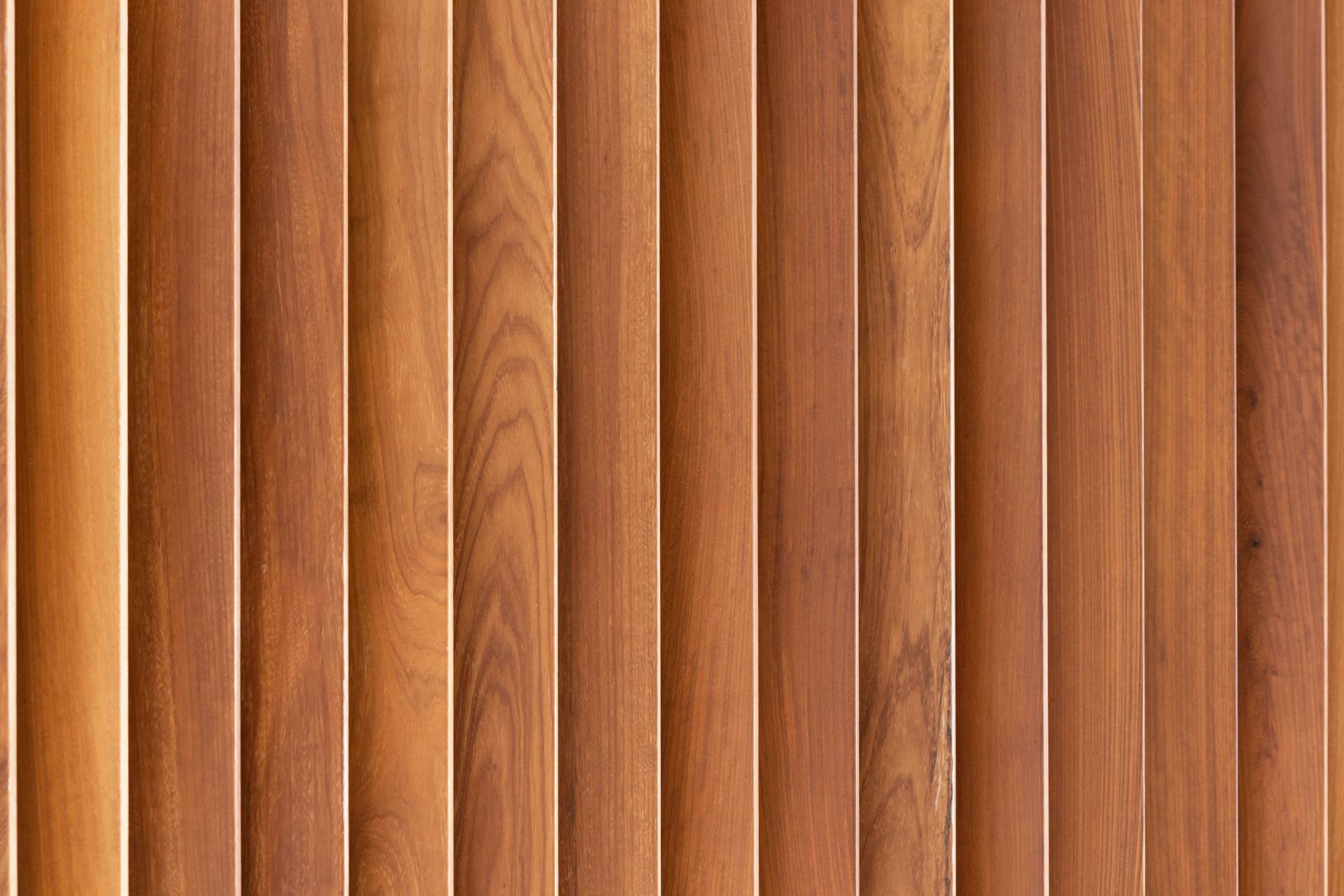Have any question?
Plywood and Laminates
The plywood and laminate industries use a variety of chemicals at different stages of the manufacturing process to enhance properties, ensure durability, and achieve desired characteristics in the final products. Here are some key types of chemicals used in these industries:
- Adhesives
Urea-formaldehyde resin: This is one of the most common adhesives used in plywood manufacturing for bonding wood veneers together.
Phenol-formaldehyde resin: Another common adhesive used in plywood production, known for its water resistance and durability.
Melamine-formaldehyde resin: Often used in laminates for its resistance to heat, chemicals, and moisture. - Wood Preservatives
Copper-based preservatives: Used to protect plywood against fungal decay and insect damage.
Chromium, copper, and arsenic (CCA) preservatives: Traditionally used in treated plywood, although their use has decreased due to environmental concerns. - Finishing Chemicals
Stains and dyes: Applied to plywood and laminates for aesthetic purposes.
Clear coats and sealants: Used to protect the surface of laminates and plywood from moisture, scratches, and UV damage.
- Processing Aids
Catalysts and accelerators: Used to control the curing process of adhesives.
Surfactants and wetting agents: Help to improve the spread and adhesion of chemicals during production processes.
- Laminate Manufacturing
Phenolic resin: Used as a binder for the layers of paper or fabric in laminate production.
Release agents: Applied to molds and presses to prevent sticking during laminate curing. - Fire Retardants
Ammonium phosphate: Often used as a fire retardant in plywood and laminates to meet safety standards. - Solvents and Cleaning Agents
Various solvents and cleaning agents are used in the manufacturing process for cleaning equipment, removing residues, and maintaining cleanliness.
